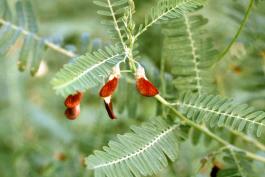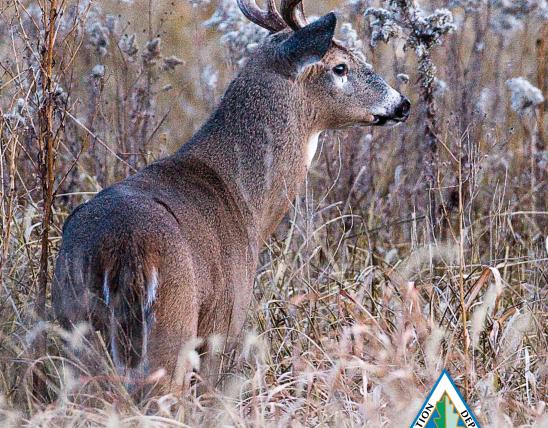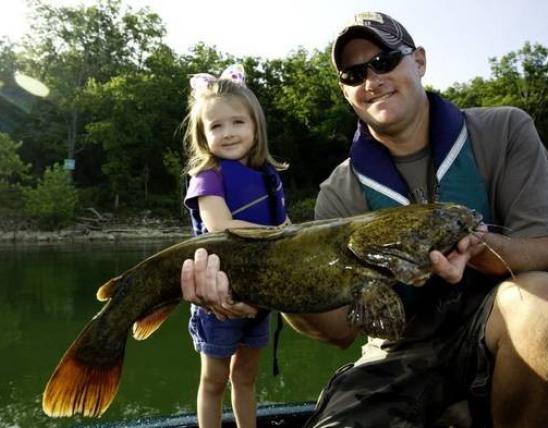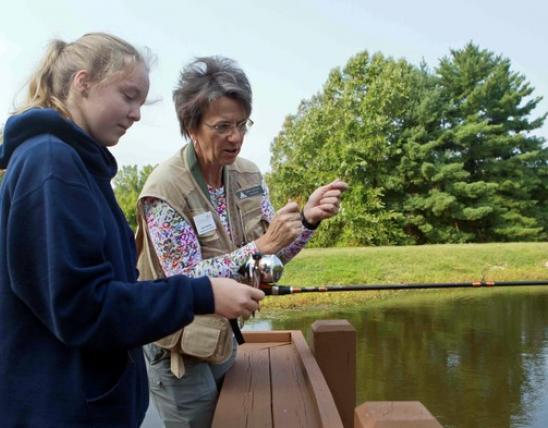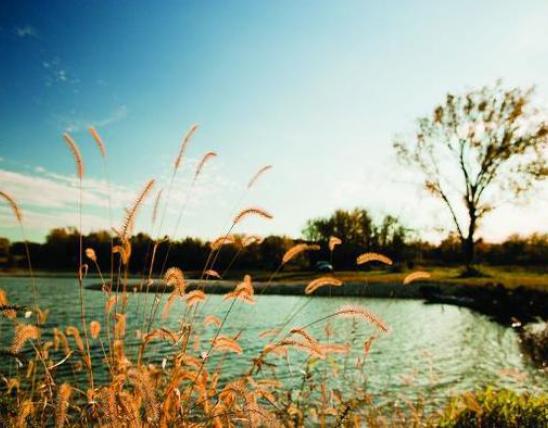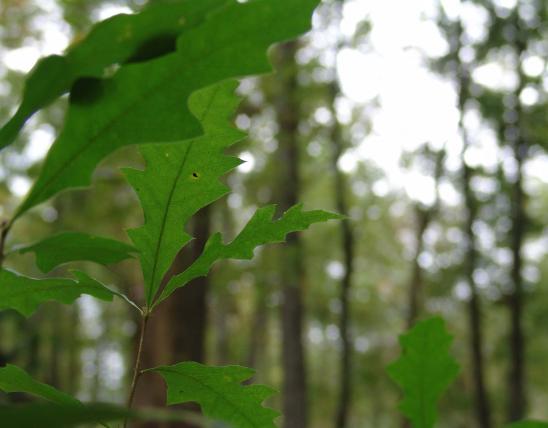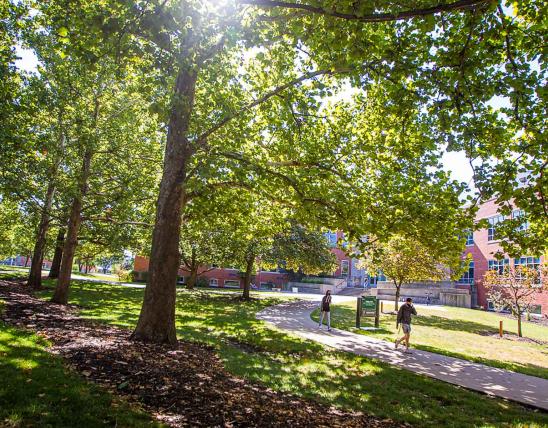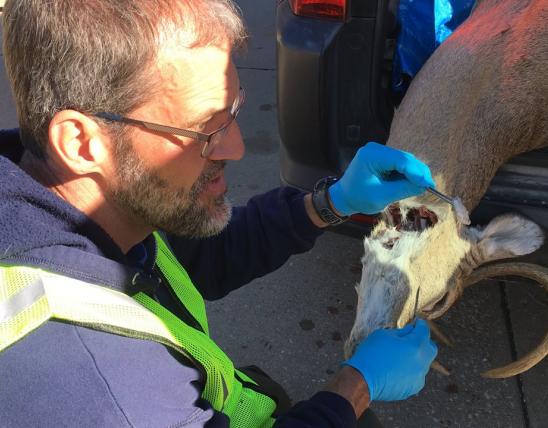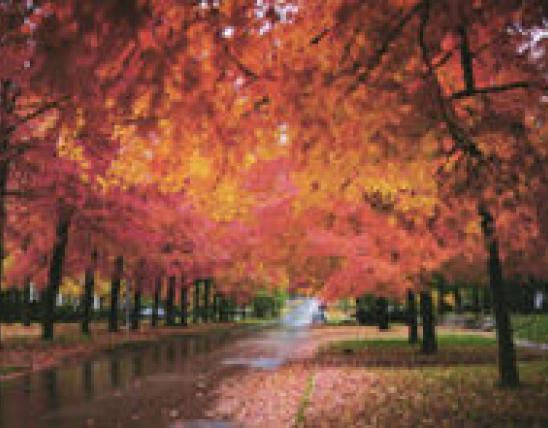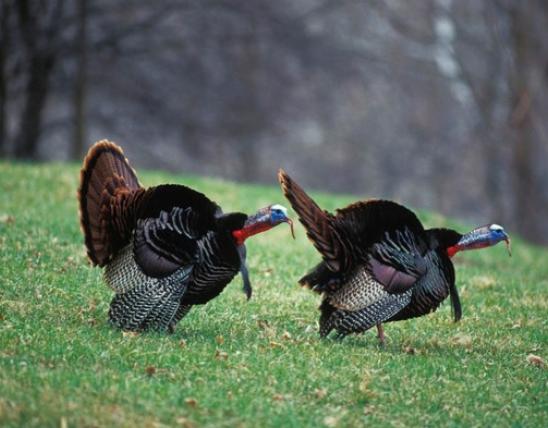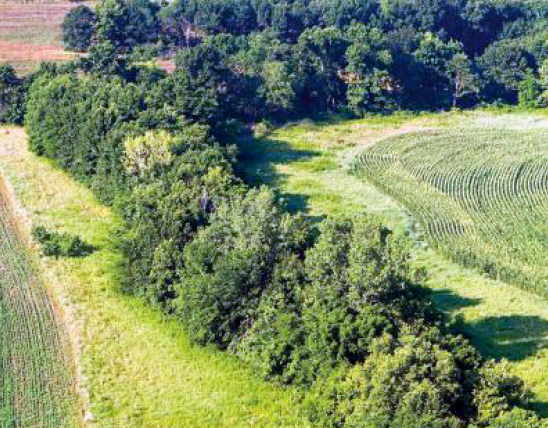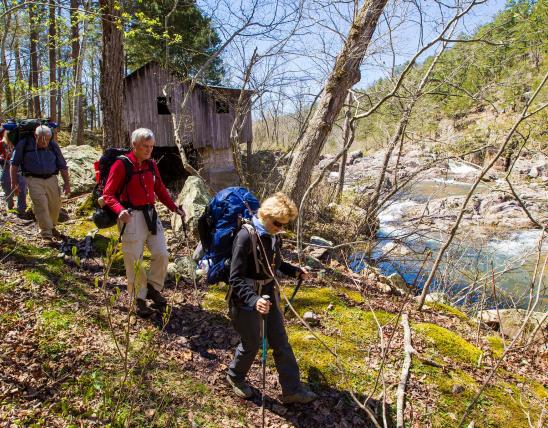
Sesbania is an erect annual herb of the legume family that typically grows to a height of 3–10 feet. The base can become woody with age. Its rather large leaves are 4–12 inches long with 20–70 leaflets per leaf. Flowers are ½ to ¾ inch long, yellowish, and strongly speckled with purplish brown.
It has slender, four-sided pods, about 6–8 inches long and ⅛ to ³⁄₁₆ inch wide, often curved, often tipped with a thin "beak." The seeds are small and numerous, about ⅛ to ³⁄₁₆ inch long and ⅟₁₆ inch wide. The seeds are more or less orange on their attachment side, with the other surface possessing a more or less olive-green background, speckled or blotched with black.
Height: 3–10 feet.
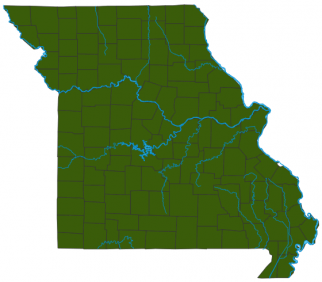
Potentially statewide. Most common in the Mississippi Lowlands of southeastern Missouri, but scattered in southern and central portions.
Habitat and Conservation
Sesbania prefers wet, highly disturbed habitats and sandy sites. It occurs in low sandy fields, sand bars of streams, alluvial ground along sloughs and borders of oxbow lakes, and along roadsides, railroads, in disturbed urban sites, and agricultural areas. It may become a troublesome species in wetland communities that are managed for waterfowl.
Life Cycle
Optimum germination occurs late in the growing season when mudflats are exposed during periods of elevated temperatures.
Human Connections
Natural events such as flooding as well as human activities create soil disturbances that allow this plant to become established. Help control this weed. Sesbania contains saponin, which is toxic to mammals (including livestock and people). The seeds are especially toxic and can kill cattle.
Ecosystem Connections
Sesbania cause problems by outcompeting other plants. Like many other weeds, sesbania thrives in disturbed habitats and has trouble colonizing high-quality natural communities. As a legume, sesbania's root system adds nitrogen to the soil and enriches it to some extent.

